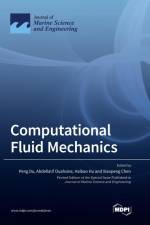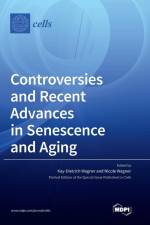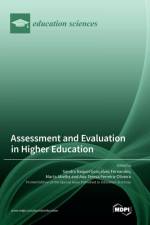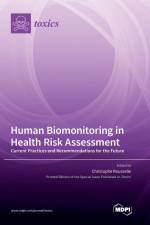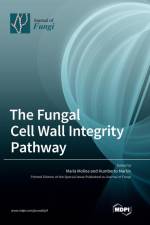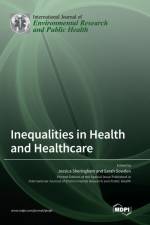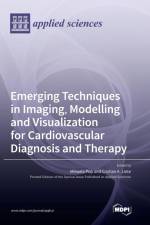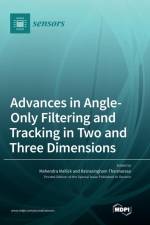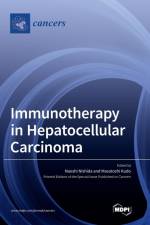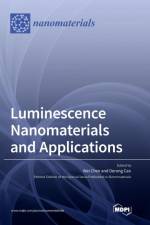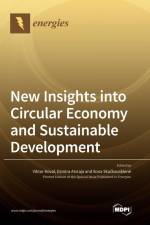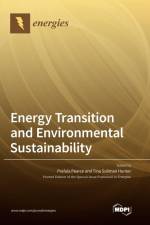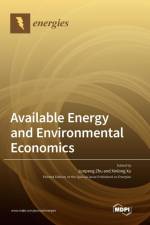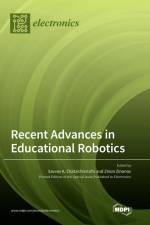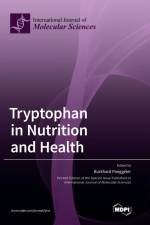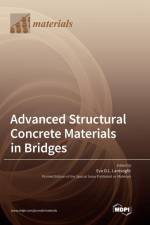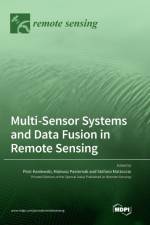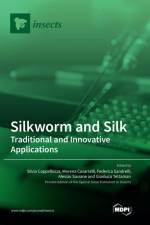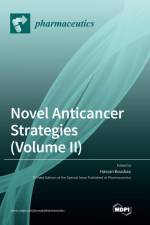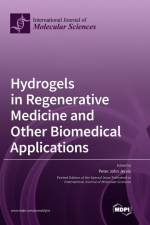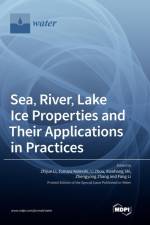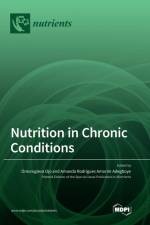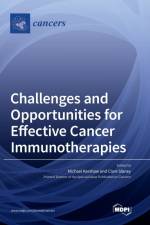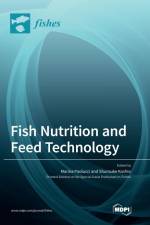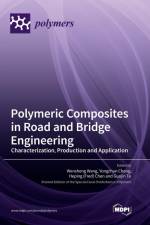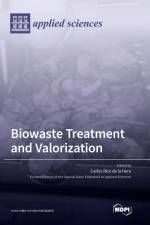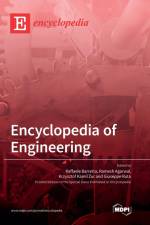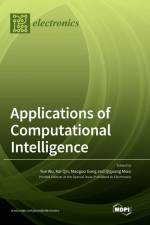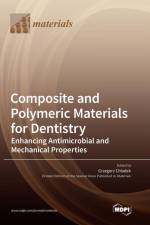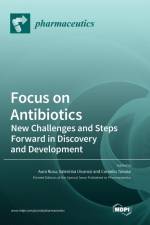1 145
Computational Intelligence (CI) is the theory, design, application, and development of biologically and linguistically motivated computational paradigms. Traditionally, the three main pillars of CI have been neural networks, fuzzy systems, and evolutionary computation. However, in time, many nature-inspired computing paradigms have evolved. Thus, CI is an evolving field, and, at present, in addition to the three main constituents, it encompasses computing paradigms such as ambient intelligence, artificial life, cultural learning, artificial endocrine networks, social reasoning, and artificial hormone networks. CI plays a major role in developing successful intelligent systems, including games and cognitive developmental systems. Over the last few years, there has been an explosion of research on deep learning, specifically deep convolutional neural networks, and deep learning has become the core method for artificial intelligence. In fact, some of the most successful AI systems today are based on CI. Therefore, this book focuses on the theoretical study of computational intelligence and its applications.

